Chukan Brown chose six wine estates, one traditional and one modern from each of the three main Californian regions that best produce Californian Chardonnay – Napa, Sonoma and Santa Barbara. It was a ‘killer line-up’.

The old winery at Hanzell, the setting for the tasting. The world’s first stainless steel malolactic tanks for wine are on the right.
Wine Masterclasses don’t get much better than this: six of the vintners’ favourite vintages of the best Californian Chardonnay; leading American wine authority Elaine Chukan Brown delivering a fascinating, clear, consistent line of argument; and the setting – Hanzell Winery’s wooden winemaking barn, a cool breeze wafting in through the large open doors, with a sleeping cat lying there prone in the sun, her sleepy face looking like she’d heard this all before.
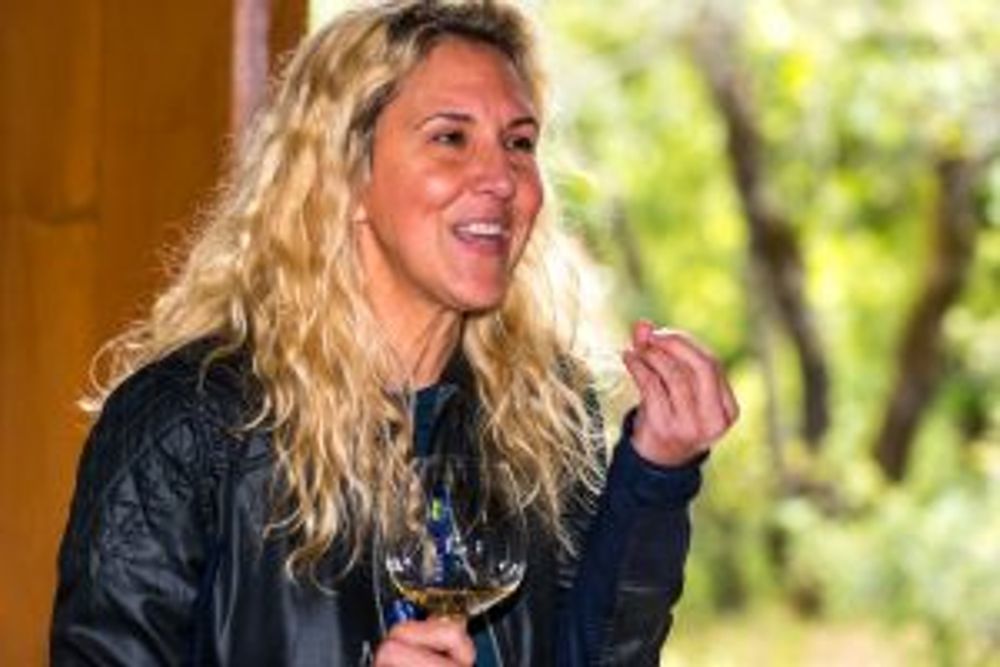
Elaine Chukan Brown
Hanzell is also home of North America’s oldest Chardonnay vineyard and inside the barn is the world’s first temperature-controlled malolactic steel tanks. Wine nerds take note.
It was to this idyllic setting that the California Wine Institute brought us to be given a quickly scanned history of California Chardonnay by an expert who is no less fascinating herself – before being a wine expert Elaine Chukan Brown worked as both a salmon fisherman and a professor in philosophy.
You don’t get many of those by the pound.
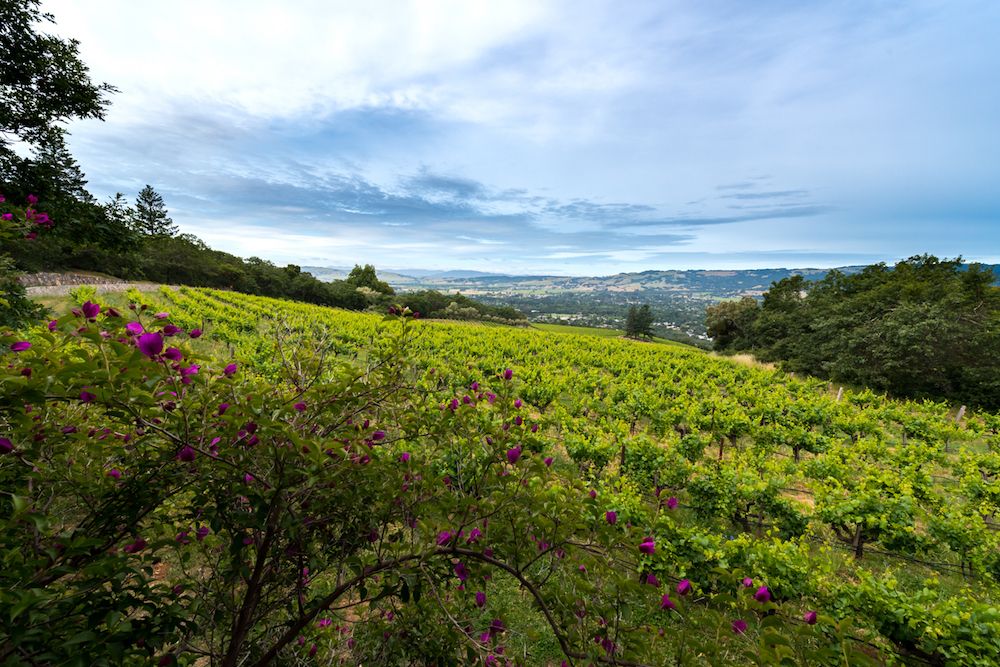
Hanzell Winery, Sonoma County, a view of North America’s oldest Chardonnay vineyard
So, in a nutshell, the history of Californian Chardonnay began a century ago and, like all North American wine was hit by a double whammy of two nasty diseases – pheloxera and prohibition.
The grape was first planted just East of San Francisco in the early part of the Twentieth Century by Carl Wente who bought his first vines from Montpellier. Son Ernest Wente experimented with these and in 1912 came up with the Wente clones, from which most of today’s Chardonnay vines in California are derived.
Stony Hill was the first Chardonnay grower after prohibition, setting up shop in 1947 on Spring Mountain, Napa Valley.


In 1954 when Stony Hill winery released its first ever vintage – a 1952 Chardonnay costing $21.69 a 12-pack incl P&P – there was just about 200 acres under Chardonnay vine. Today there are some 94,532 acres.
Interestingly this was the start, in Napa at least, of the first mailing list for direct wine sales that shapes much of California’s wine distribution, for the premium end of things at least. Every single bottle of Stony Hill from the first vintage was sold mail order.
It wasn’t until the 1970s that Californian Chardonnay started picking up commercial significance and it hasn’t looked back ever since, making it the State’s number one grape under acreage.
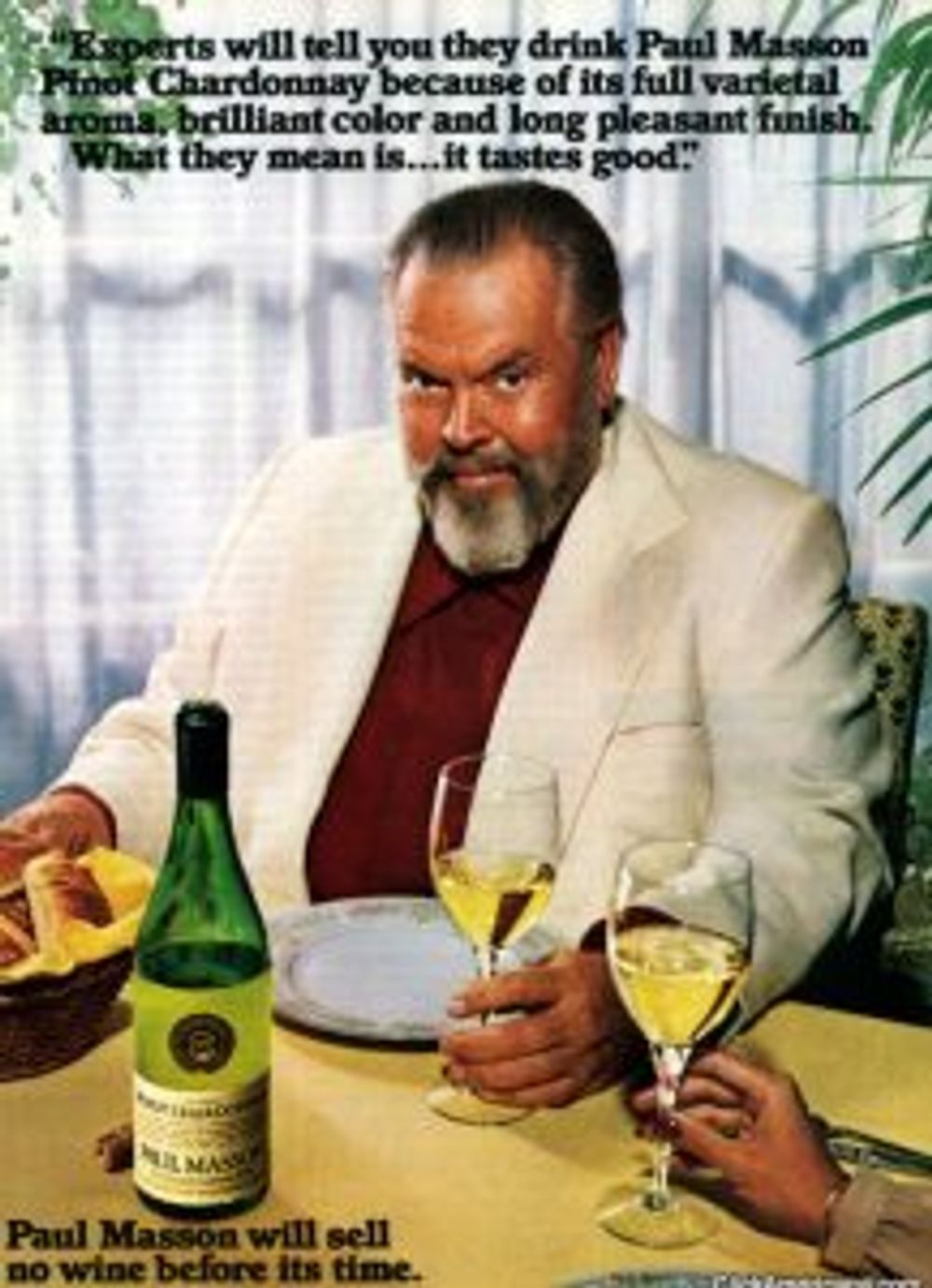
Restaurants didn’t start carrying Californian wine on its lists until the 1980s.
Chukan Brown explained that in the mid-1970s “Californian Chardonnay tasted of nothing” and that winemakers started to make better use of one of California’s key advantages – ripeness, flavour and fullness of expression.
Styles have inevitably changed and what the Masterclass set out to do was explain how there are three significant passages in the style of the wines:
- Dry wines, made in an ‘old’ restrained style
- French cellar influence – full blown use of malo and barrel
- Leaner wines that strive for a different balance
In order to make the tasting even more interesting the winemakers had been asked to select their favourite vintage ever.
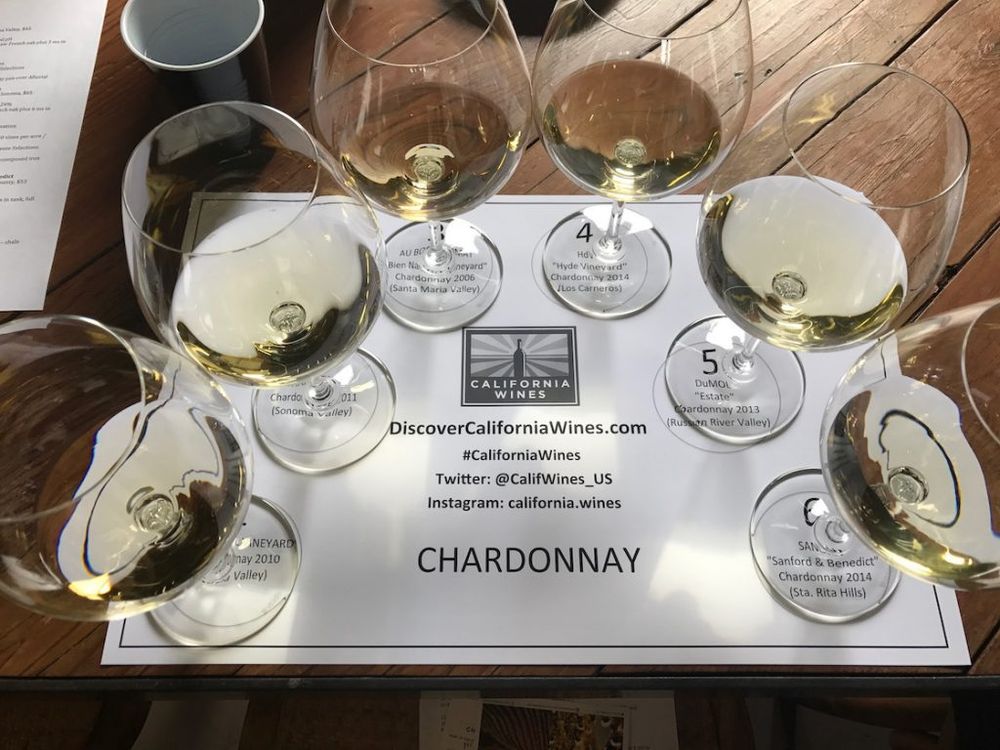
Restrained style Californian Chardonnay
So, to demonstrate the traditional ‘old style’ Californian Chardonnay we naturally enough began with Stony Hill, 2010, Spring Mountain District, Napa Valley.
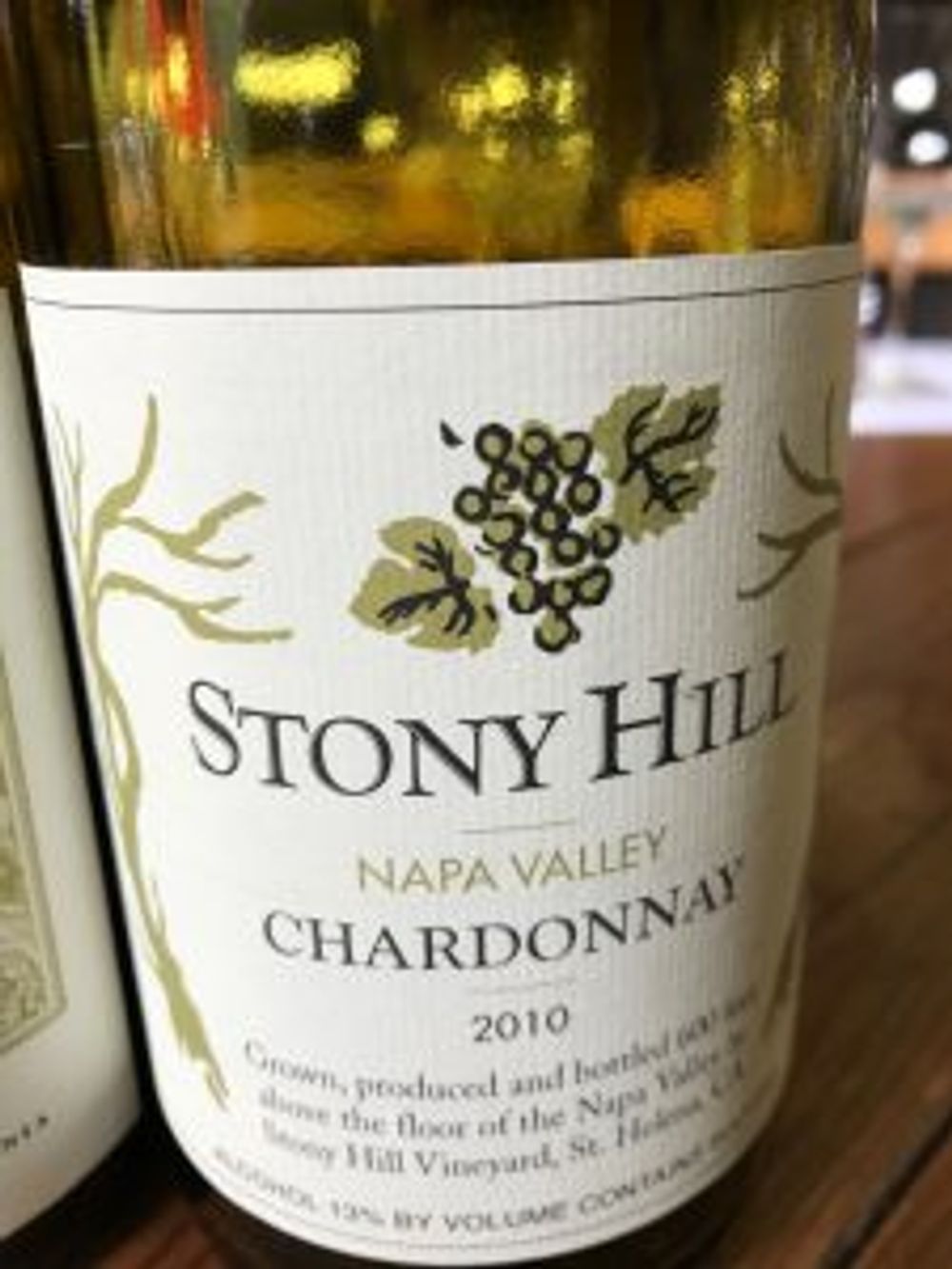
Stony Hill’s founder Fred McCrea had a minimalist way of making his Chardonnay – minimal skin contact, no malo, no battonage, old neutral oak – and passed it on to his assistant and protégé Mike Chelini who says that he simply did what he was told to do, and continued making Stony Hill in its restrained, non-oaky, non-buttery style.
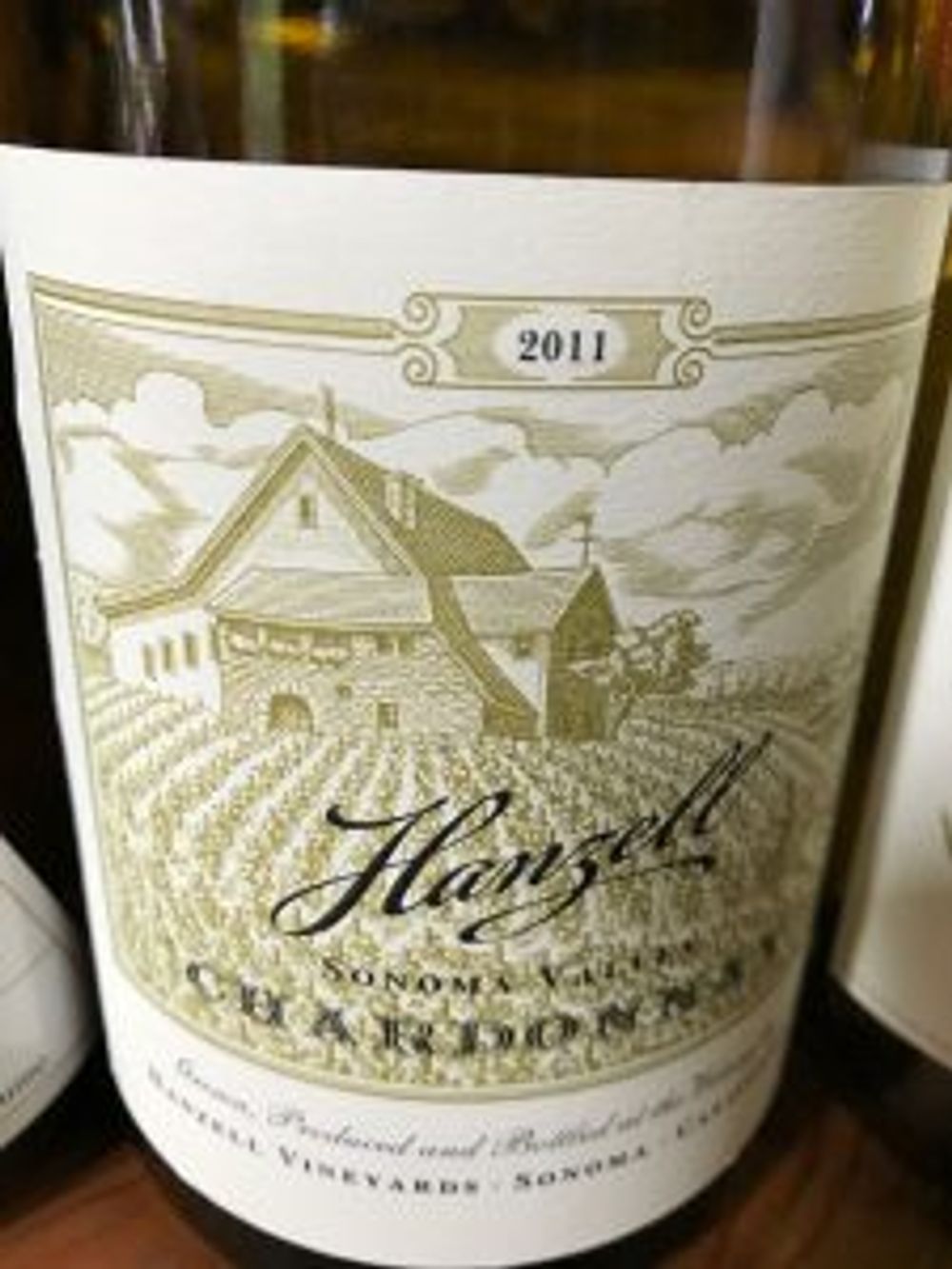
Hanzell, 2011, Sonoma Mountain, Sonoma was picked to demonstrate a different take on the ‘old style’.
Sitting next to the world’s first ever temperature-controlled malolactic steel tanks, it was easy to see why Hanzell was chosen. Its style of Chardonnay is to blend 70% of wine that has undergone full malolactic in tank with 30% that has been barrel-fermented.
Stony Hill had a relatively dumb, generically citrus nose, with agreeable mouthfeel, rounded acidity and attractive dry, savoury notes. Hanzell on the other hand had immediately richer phenolics, lots of texture in the mouth with very ripe, slightly reduced fruit. Both wines were delicious and delivered in two distinctly different but related styles.
Influenced by the French cellar – malolactic and use of oak
Whereas the first two wines Chukan Brown showed were ‘just what we do’ winemaking. The next two wines we tasted were a fusion of inspiration – from California itself but also, most importantly, from the French cellar.
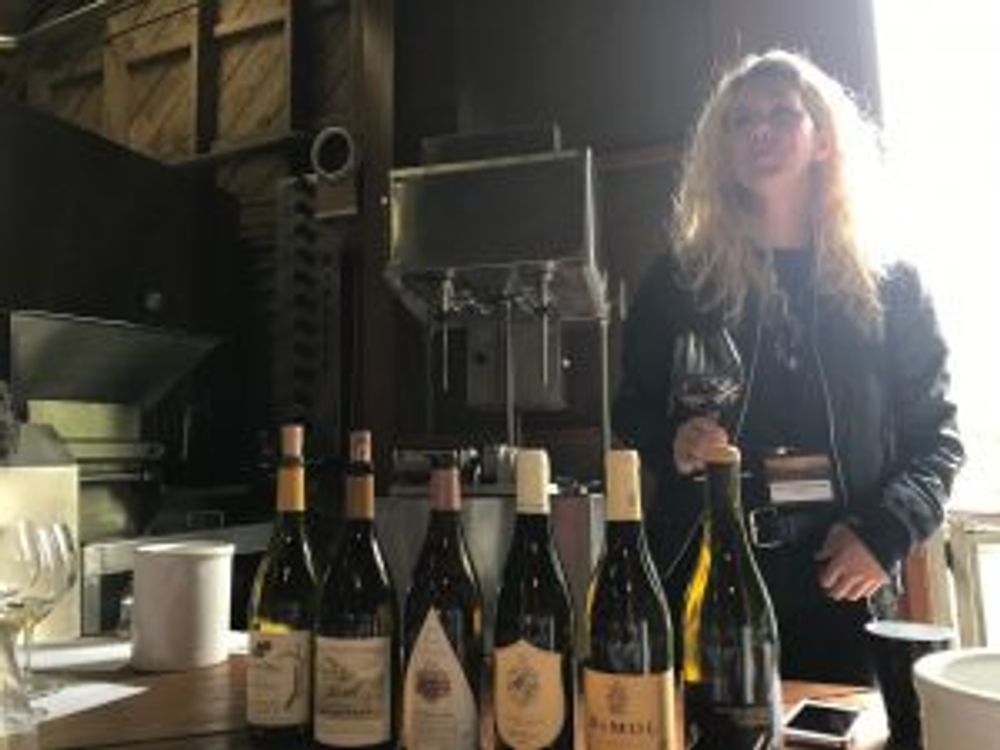
“The first step of growing up is leaving home and coming back,” says Chukan Brown, “so where the first wines were looking straight out of the gate, there was a movement in the 1980s of leaving for France, being influenced by the French cellar and bringing those learnings back – a fusion of inspiration.”
On the first sniff of Au Bon Climat 2006 Bien Nacido, Santa Maria Valley, Santa Barbara County with its big hit of oak, cream and butter it was clear that here we were in full malo, full, all-new barrel fermentation. The wine was darker than Stony Hill or Hanzell, and had huge richness, big flavours, lots of oaky texture, a touch of flor but lots of acidity still.
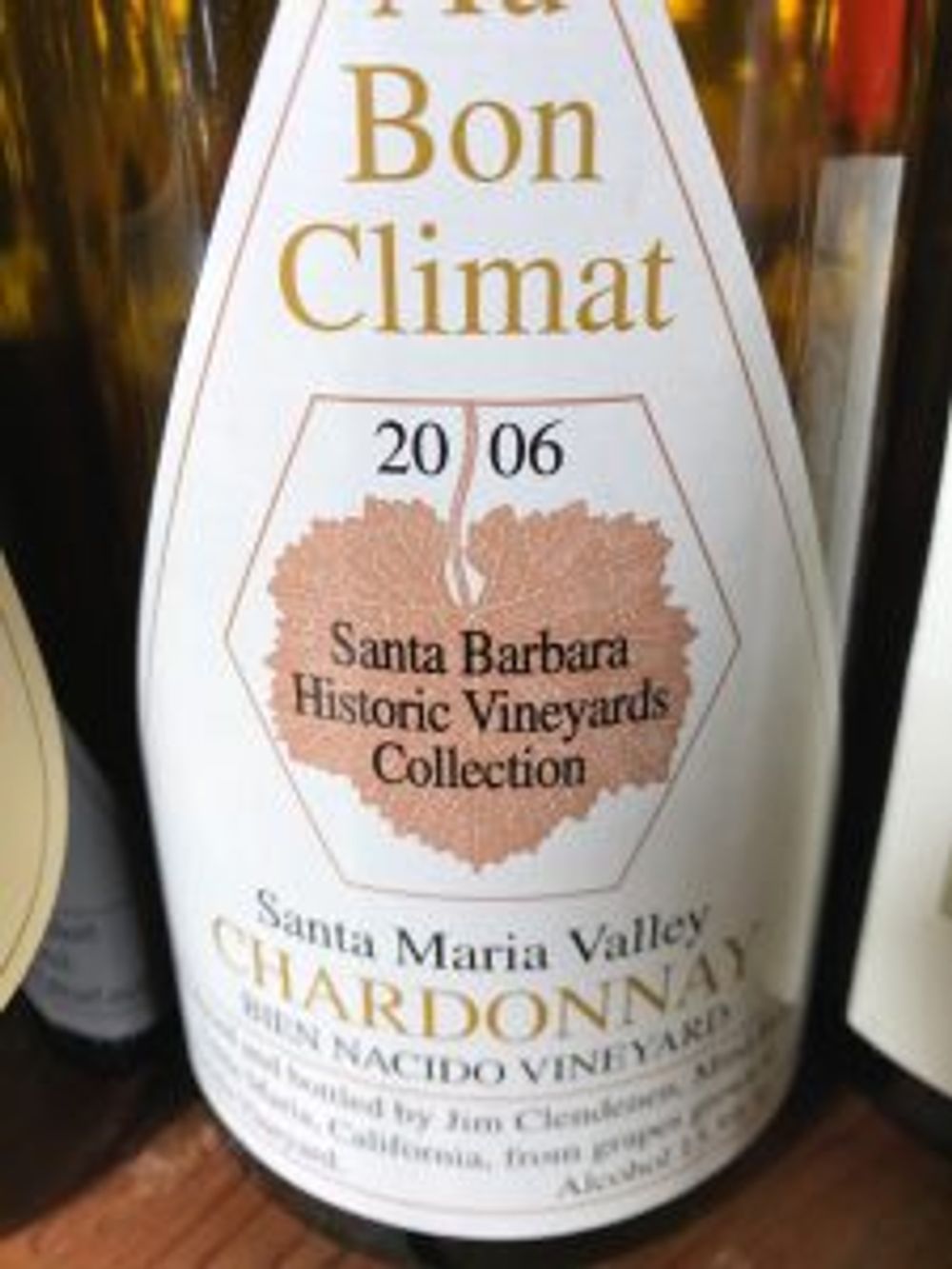
Chukan Brown had chosen Hdv 2014, Carneros, Napa Valley as a different perspective on this style. “This wine to me is the winemaker asking how does this Burgundian style fit into California?,” she says.
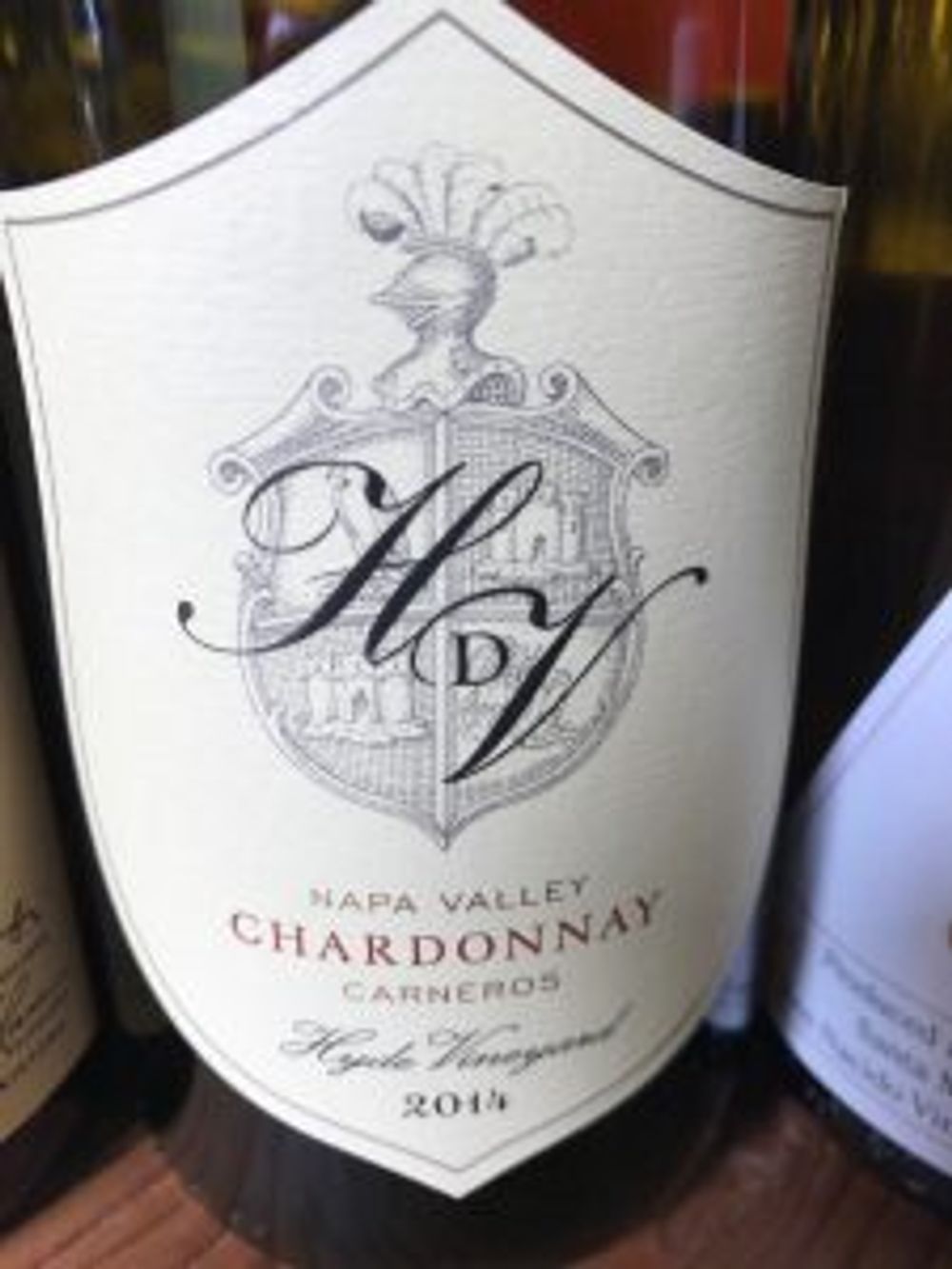
Because of the amount of natural flavour and ripeness of the grapes, winemaker Stéphane Vivier is not thinking of putting loads more flavour into the wine. The wine is full barrel fermented and malo but with only 20% new oak.
2014 was the third year of drought in California and turned out to be an exceptionally good vintage – vines panic and produce massive yields. Given Hdv’s vines are sited in shallow loam over clay hardpan, you can feel the tension in the wine from the first sip – this is a classic example of Chardonnay being able to express terroir. The nose is stone fruit, apple and notes of honey and there is discernible oak but much more restrained than in the Au Bon Climat.
On the palate the wine has tremendously ‘bright’ acidity, texture, stone-like minerality and a salinity that makes you go for that second sip. The length is enormous.
Although both wines were excellently made and the Au Bon Climat had lots going for it, the Hdv was much more my stlye of Chardonnay, more balanced and possibly one of the wines of the tasting.
New wave Chardonnay – striving for a different balance
“The popularity of soft, fat Californian Chardonnay took off through the influence of Robert Parker and media recognition. In 2011, however, we had a boom of boutique producers who are all making distinctly Californian Chardonnay but asking ‘What is Californian wine?’” says Chukan Brown.
Andy Smith, winemaker at DuMOL whose DuMOL 2013 Estate, Russian River Valley, Sonoma Chukan Brown had selected as representing the more traditional end of this ‘revolution’, used to make Chardonnay in this ‘full blown’ style but then decided to stop making them.
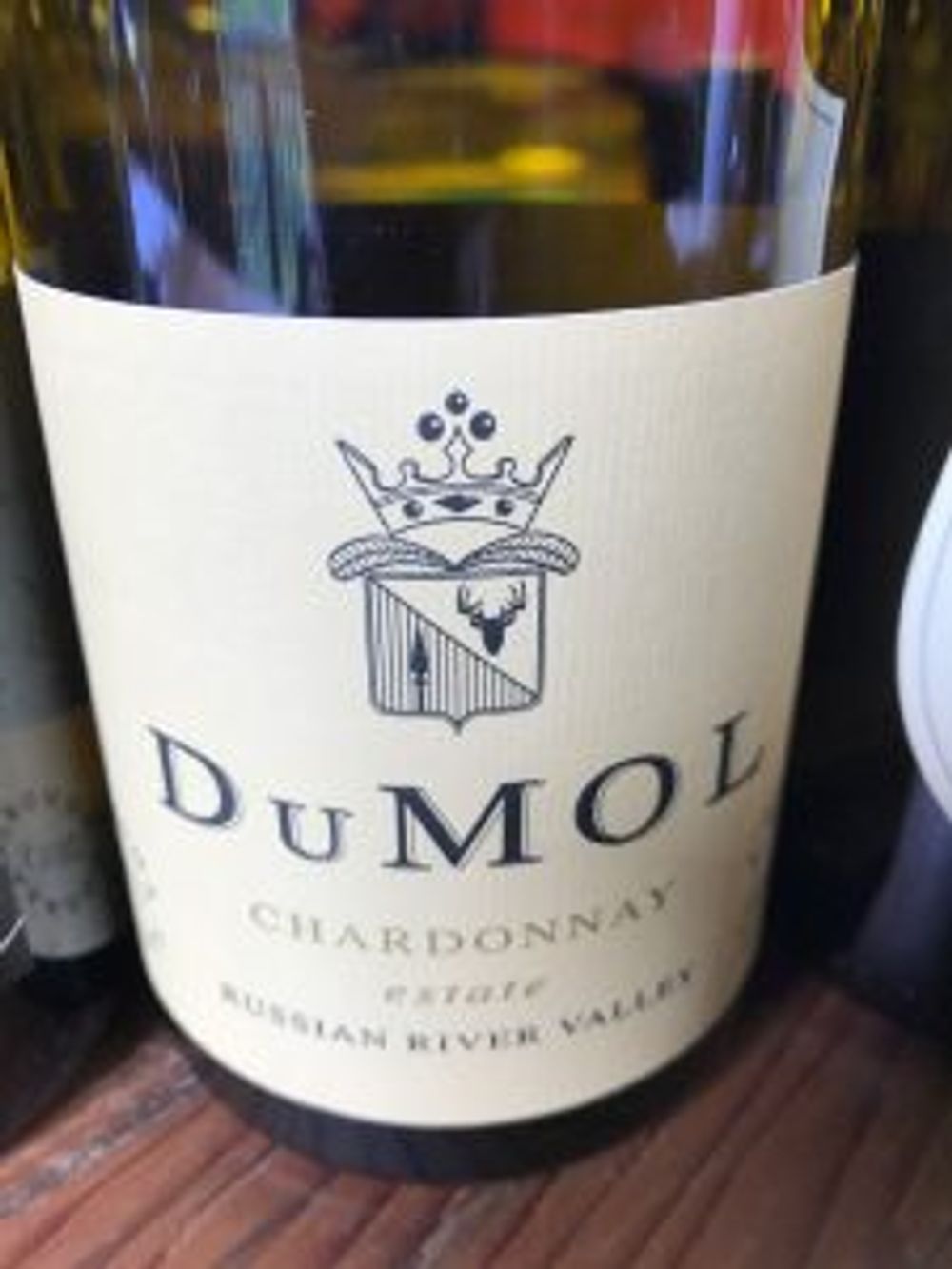
He changed to a Burgundian-influenced high density planting style (9,000 vines per hectare) where the vines are planted close together and low so that the grapes are always shaded and flavours don’t blow off in the sun. “The effect this gives in the wine is lots of whispery flavours,” says Chukan Brown, “you have lots of herbal notes and other flavours that are pixelated.”
Smith’s technique is also: organic, no leaf removal, hand-harvesting, slow whole-cluster pressed, barrel fermented with full malo and twelve months ageing in 35% new French oak followed by six months lees ageing in tank, with no lees stirring.
Smith says of the DuMOL 2013 Estate “This is the most precise and livewire Chardonnay we have ever grown, vinified and bottled. Pretty much the antithesis of soft, fat Californian Chardonnay…. Quality like this only comes from old vine ‘shot-berry’ heritage selections planted in shallow soils with farming that is precise yet natural, non-invasive and driven by listening to the needs of the vine, not a formulaic one-size-fits-all approach. These Estate vines are beginning to reach maturity so we’re seeing them settle into a uniform growth pattern that requires minimal input.”
On tasting, the wine is more dumb on the nose, but grows in the glass. On the palate it is noticeably more saline than the Hdv, has citrus, lean acidity, complex with huge length. The 14.24% ABV isn’t noticeable and I totally get Chukan Brown’s ‘pixelated’ description – there are little spikes of flavour – herbs, ginger, butter, fennel, with none taking charge.
It is my wine of the tasting and one of the wines of my trip to California, not only because of its brilliant, focused balance but also because it shows that making leaner wines is more complex than picking earlier. And all this from vines that are just 10 years old.
Another example of ‘modern’ Californian Chardonnay seeking a better balance is Sandhi 2014 Sanford & Benedict, Sta Rita Hills, Santa Barbara County.
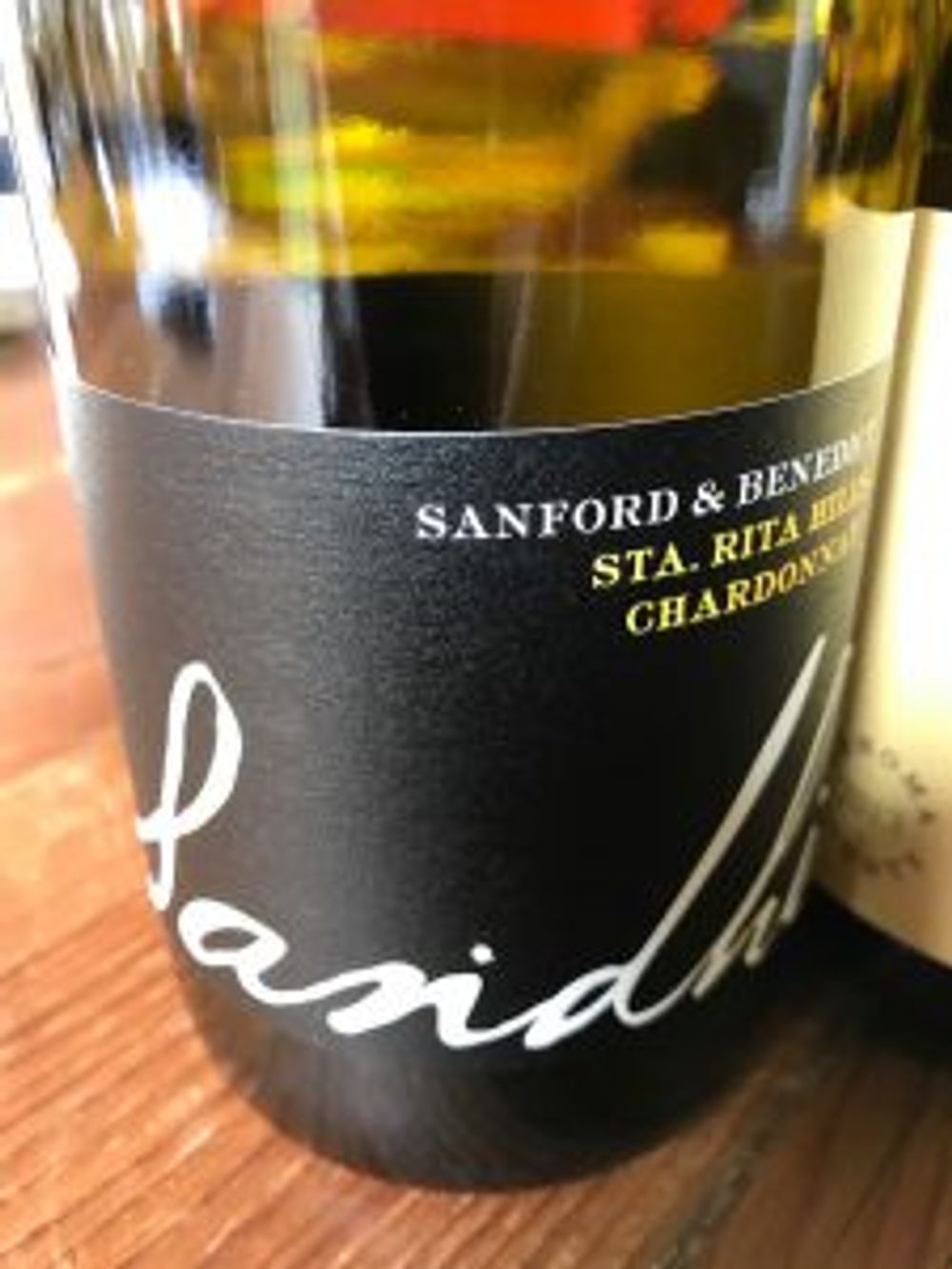
Sourced from the original 43 year-old own-rooted vines at Sanford & Benedict, this is Californian Chardonnay winemaking that is clearly pushing the envelope. The nose is slightly reductive (not my style) but underneath the phenolics is a dry, complex, lighter Chardonnay that has lemon zest, lemon pith, delicious fine texture and some tannin that holds on the lengthy finish.
Sanford & Benedict ‘s Sashi Moorman was one of the founding members of the now-disbanded movement In Pursuit of Balance that openly challenged the status quo of Californian winemaking. In the five years it was around, like punk rock to prog rock, it overturned a few tables and turned the spotlight on the soft, fat, fruit-forward, heavily-oaked style that was almost synonymous with Californian wine per se.
In its wake there is a proliferation of fruit-sourced labels and mass diversification of styles. Many have tested the limit of what consumers want from Californian Chardonnay and some have pulled back lightly as in the case of Sandhi.
Whatever the style, 2014 has been hailed as the best vintage yet for Californian Chardonnay and word is that the 2016s are even better. What better excuse do you need to start testing the waters.
Endnote
After the tasting I met a number of winemakers making superb Chardonnay. With their wines we ate the following…If you’re hungry look away now!
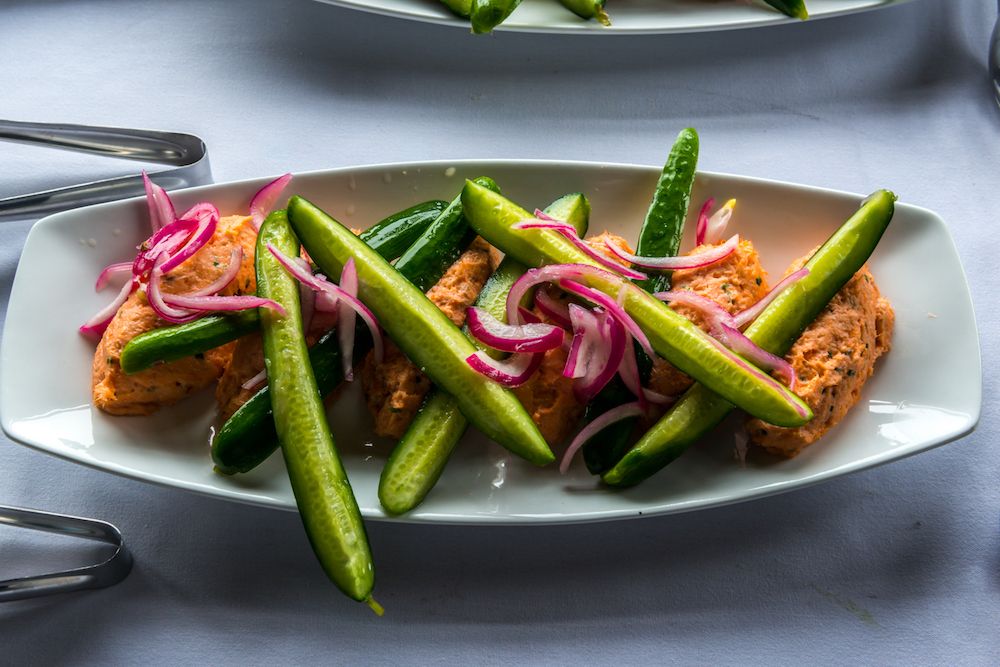
Salmon rillettes with cucumber
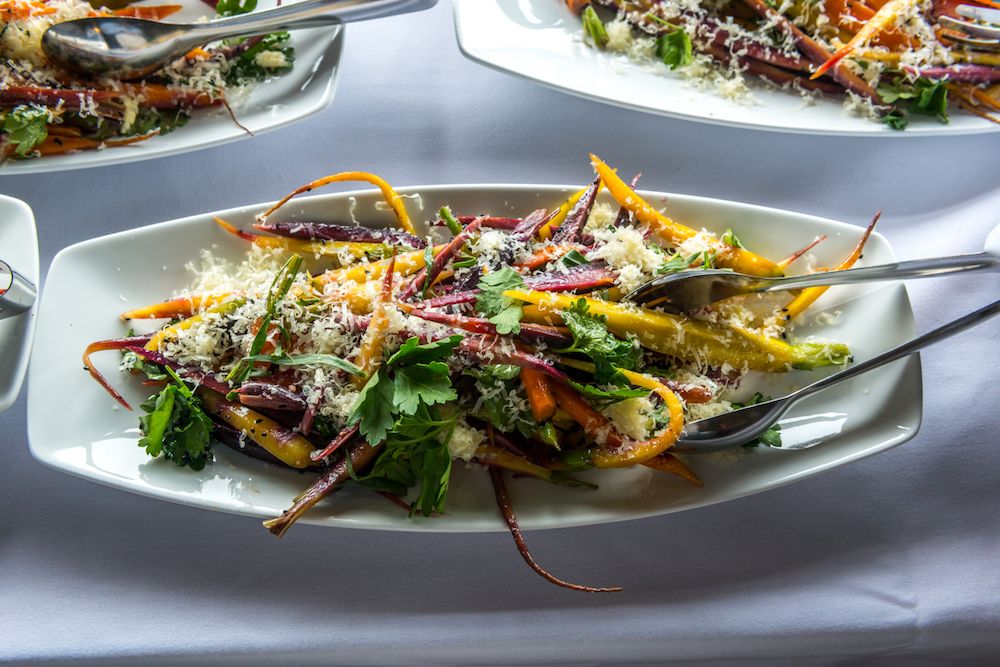
Vegetable salad – not a drop of Blue Cheese or Thousand Island in sight.































